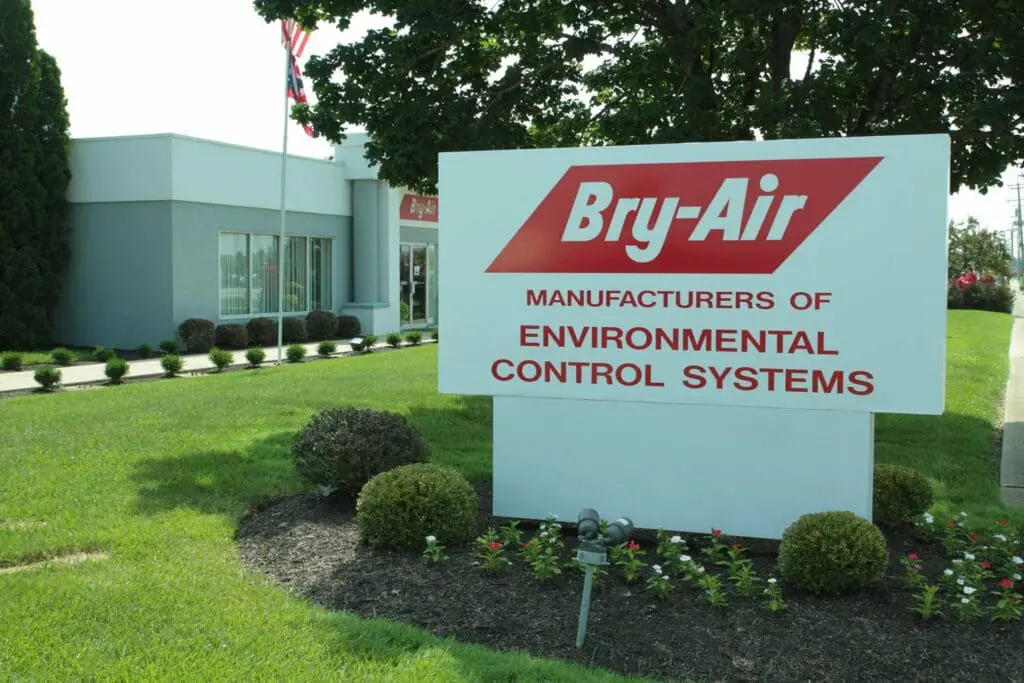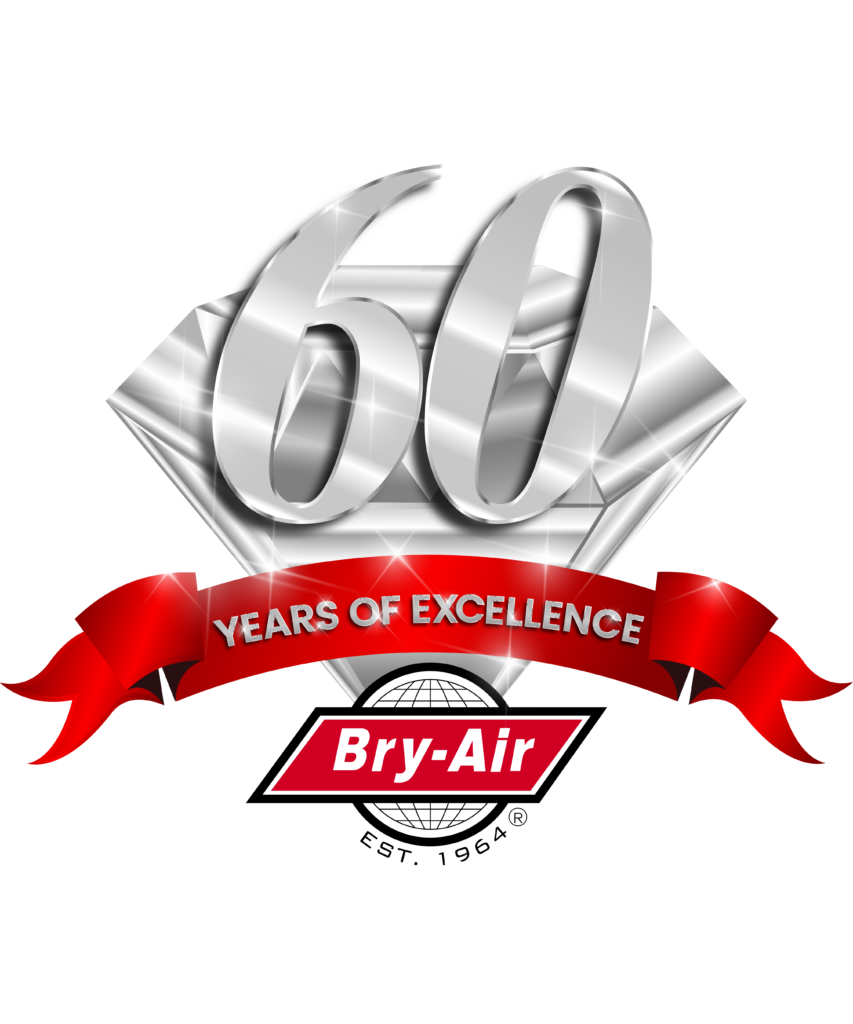Desiccant Dehumidification Applications
Bry-Air’s technical expertise has helped customers in a diversity of industries resolve their environmental conditioning challenges for over 60 years. Leaders in the pharmaceutical, food, electronics, medical, military, storage, education, restaurant, water treatment, surface preparation, and plastics industries rely on Bry-Air to solve their moisture removal problems as follows:
Hygroscopic materials have an affinity for water and are sensitive to high relative humidity. Moisture regain by some of these materials causes them to become sticky and to not flow freely, causing catastrophic problems in candy making, materials conveying, pharmaceutical, and vitamin tablet making and packaging.
In other cases, when moisture is introduced into the process, product quality suffers such as in pharmaceutical and semiconductor clean rooms, laminated glass manufacturing, and precision color printing.
Desiccant Dehumidifiers for Moisture Control
Bry-Air, Inc. desiccant dehumidifiers are used to control the moisture content of the air in the manufacturing process, thus ensuring reliable operation and product quality.
Both desiccant dehumidifiers and mechanical refrigeration systems can remove moisture from the air, so the question is, which type is best suited for a given application? To explore a few applications related to moisture regain prevention and desiccant dehumidification, please take a look at our case studies.
We are surrounded by mold and fungus. Without moisture, they can lay dormant for years and remain harmless, but when moisture is added, fungi begin to grow.
Fungi feed on any carbon based material. When they become airborne, they are often harmful to humans. As they feed, fungi can destroy priceless art or historical objects as well as grains that are used in breweries, seeds in storage, or food products being shipped via ocean freight.
Bry-Air, Inc. desiccant dehumidifiers are used to control the moisture content of the air that surrounds the material or object to be protected, causing the micro-organisms to remain dormant. To explore a few applications related to mold and fungus prevention and desiccant dehumidification, please take a look at our case studies.
Bry-Air preserving for the future…
Moisture is the natural enemy of preservation. It results in the decay of paper, parchments and photographic film, causing organic colors and dyes to fade. If proper measures are not taken in time, artifacts that are generally made of organic material i.e. wood, leather, paper, natural fiber, bone, ivory, etc., could be lost forever.
Humidity Control for Historic Preservation
Museums and libraries should maintain humidity levels of 40-45% RH. Museums, archives and libraries require special environmental conditions, mostly below the ambient dewpoint, especially in tropical, hot and humid climates. For antique preservation, archives and libraries should maintain humidity levels of 40 – 45% RH. This level of humidity prevents drying out of the material while, at the same time, minimizing the degradation of the material by microbes, mold, and mildew. Archival preservation entails similar conditions.
Archival document storage may have different requirements depending on the item being stored.
Negative film is typically stored at temperatures of 55-65°F (13-18°C) and a relative humidity of 30%, while drawings and maps may be stored at temperatures as low as 50°F (10°C) and 30% RH. These conditions are not practical to achieve with refrigeration cooling alone. Desiccant dehumidification in conjunction with refrigeration cooling keeps the relative humidity level low and stable, thereby preventing the decay of microbes and mold, which is the key to archival preservation.
Time tested solutions for humidity control
Bry-Air desiccant dehumidifiers provide a low humidity environment, which prevents microbial attack. The dry air is often enough for the preservation of some materials without necessarily involving temperature control. Around the world, large and famous museums, churches, and libraries use only dehumidification without temperature control to save and preserve the priceless treasures of the world.
In addition, Bry-Air desiccant dehumidifiers, when used in conjunction with air conditioning, can provide the perfect environmental storage conditions for all sorts of valuable artifacts, documents, and works of art. To explore a few applications related to preservation and archival storage, please take a look at our case studies.










